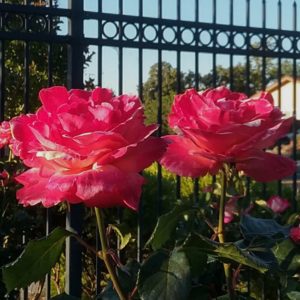 Learn from the Winning Rosarians – Feed your Roses now for a glorious display in spring. This feeding program is inspired by the late, David Lowell, a local rosarian and friend who developed a number of hybridized roses and always took home ribbons for his rose show entries.
Learn from the Winning Rosarians – Feed your Roses now for a glorious display in spring. This feeding program is inspired by the late, David Lowell, a local rosarian and friend who developed a number of hybridized roses and always took home ribbons for his rose show entries.
Dave’s Rose feeding program provides for general plant vigor and beautiful looking roses! For use on established roses only (planted for at least six months). Apply in MARCH and also AUGUST.
For each rose apply:
- Master Nursery 16-16-16 – 1/2 cup/rose (5# bag for 18 roses) (August application recommended E.B. Stone 5-5-5 fertilizer 1 cup/rose)
- Bone Meal 1/2 cup per rose (4# bag for 18 roses)
- Sulfur* 1/2 cup per rose (5# box for 18 roses)
- Gypsum 1/2 cup per rose (5# box for 18 roses)
- Magnesium Sulfate 2 Tbs. per rose (5# box for 70+ roses)
- Chicken Fertilizer 1 shovel per rose (1 bag for ~ nine roses)
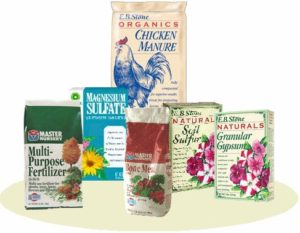 *to supply sulfur, use one of the following: Iron Sulfate, Iron Plus*, or Soil Sulfur. Iron-containing products can stain. Wash off adjacent paving after application. (*Iron Plus is non-staining.)
*to supply sulfur, use one of the following: Iron Sulfate, Iron Plus*, or Soil Sulfur. Iron-containing products can stain. Wash off adjacent paving after application. (*Iron Plus is non-staining.)
Water your roses deeply the day before feeding.
Sprinkle the first five ingredients around each rose and mix into the soil if possible. Then sprinkle the chicken fertilizer around each rose and water everything in.

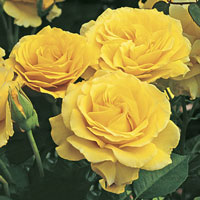

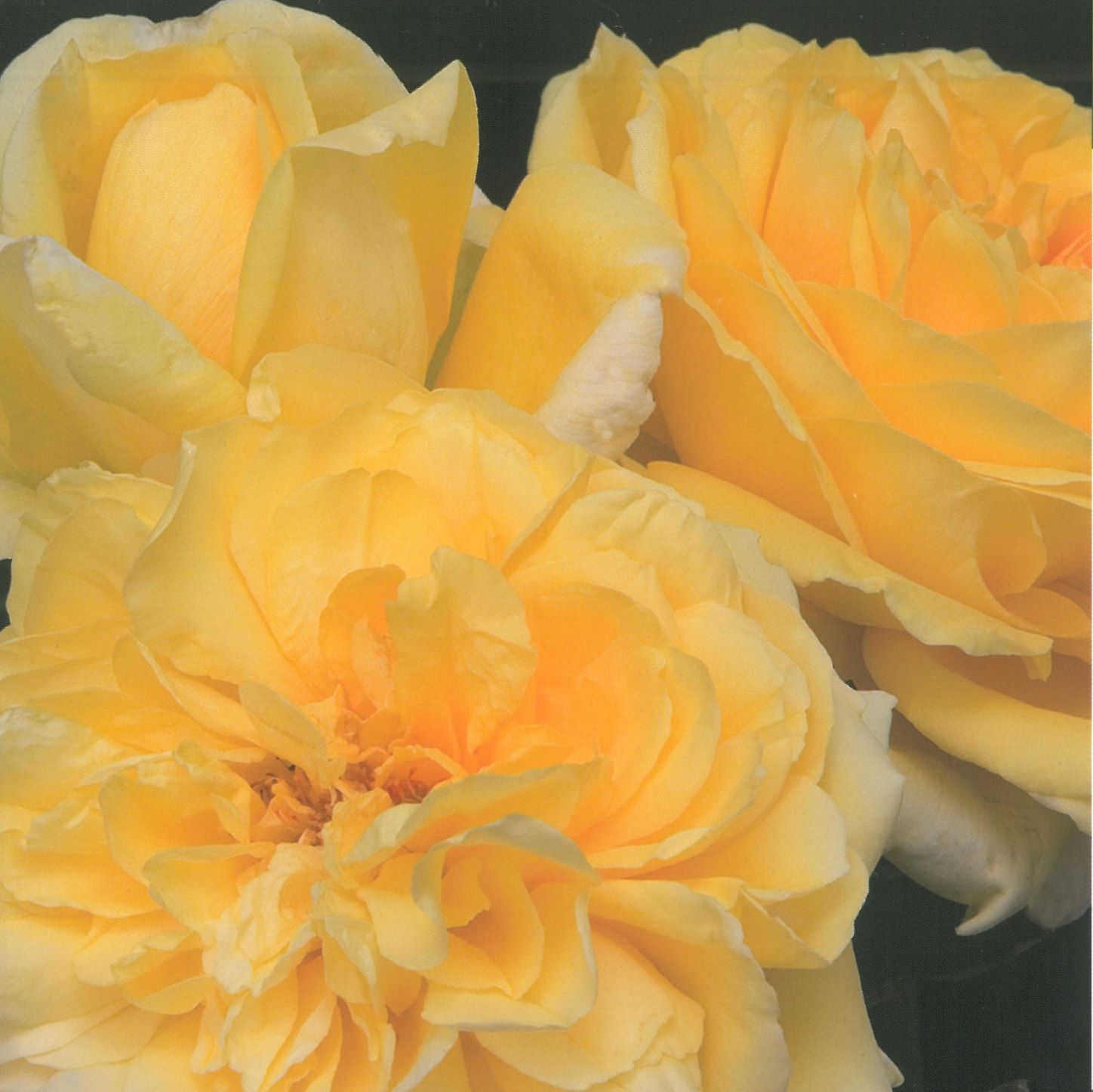
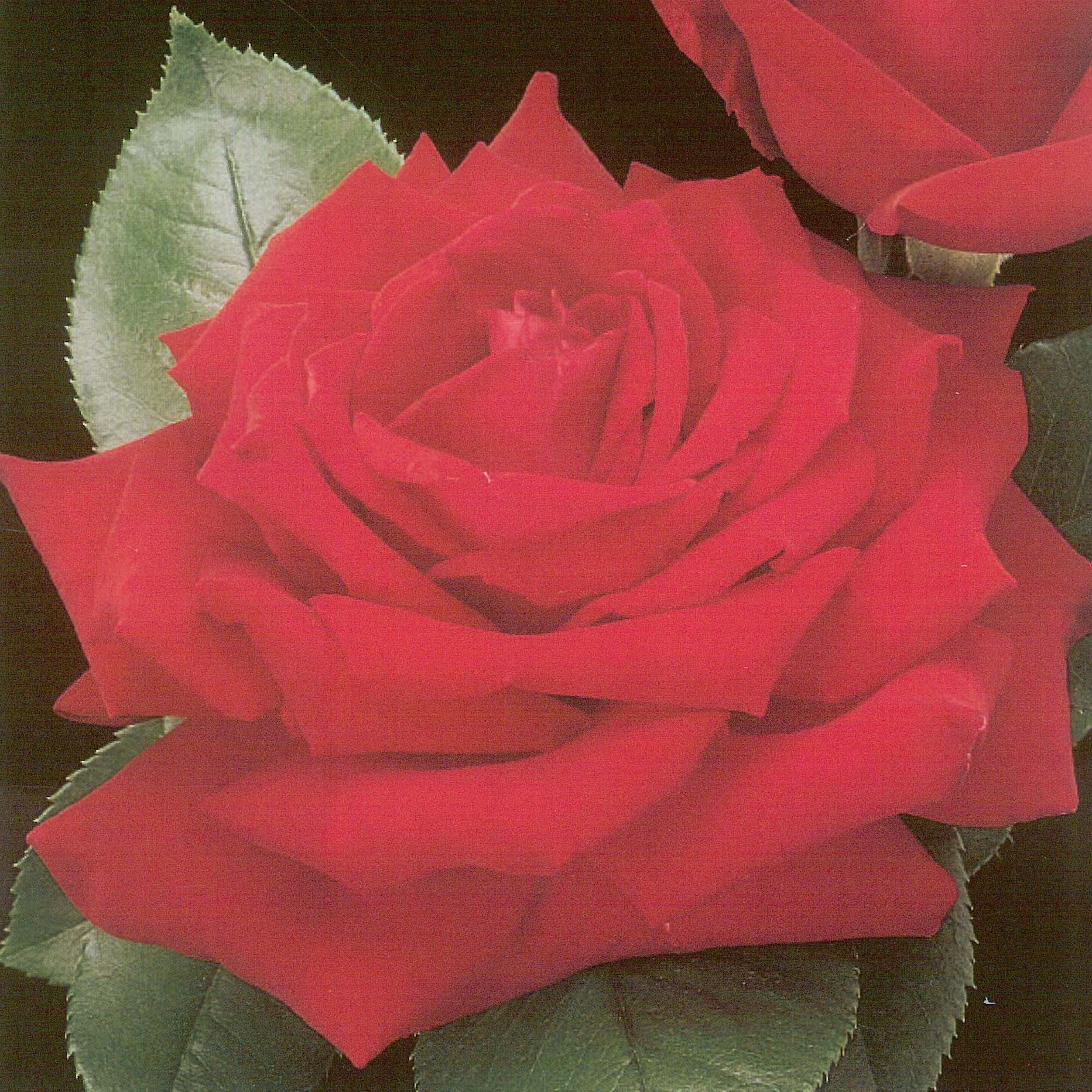
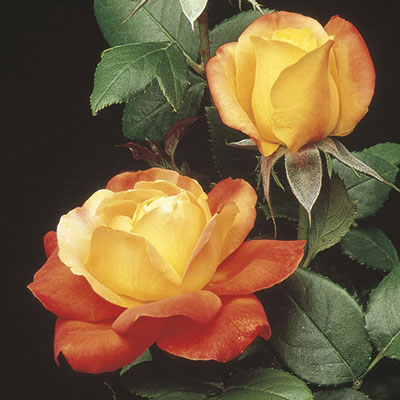
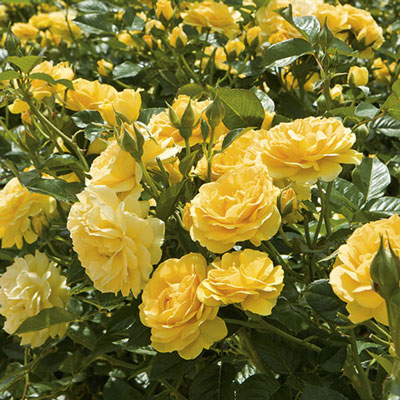
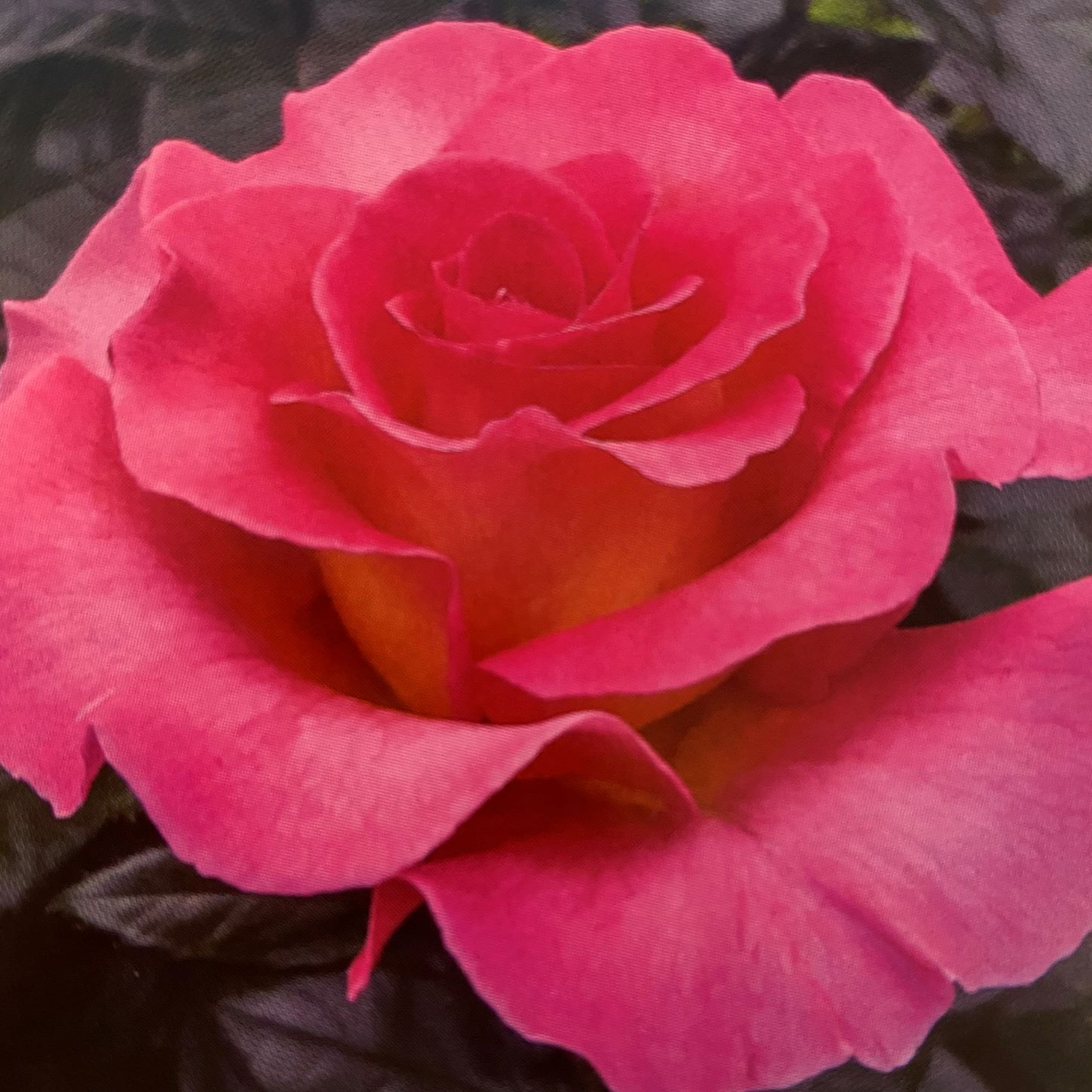
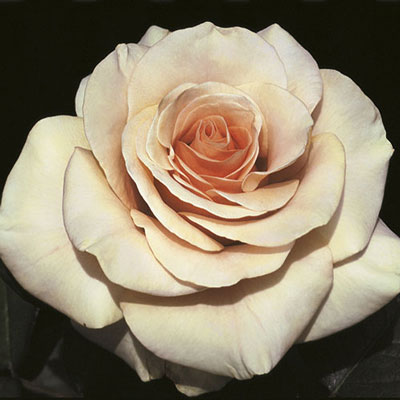
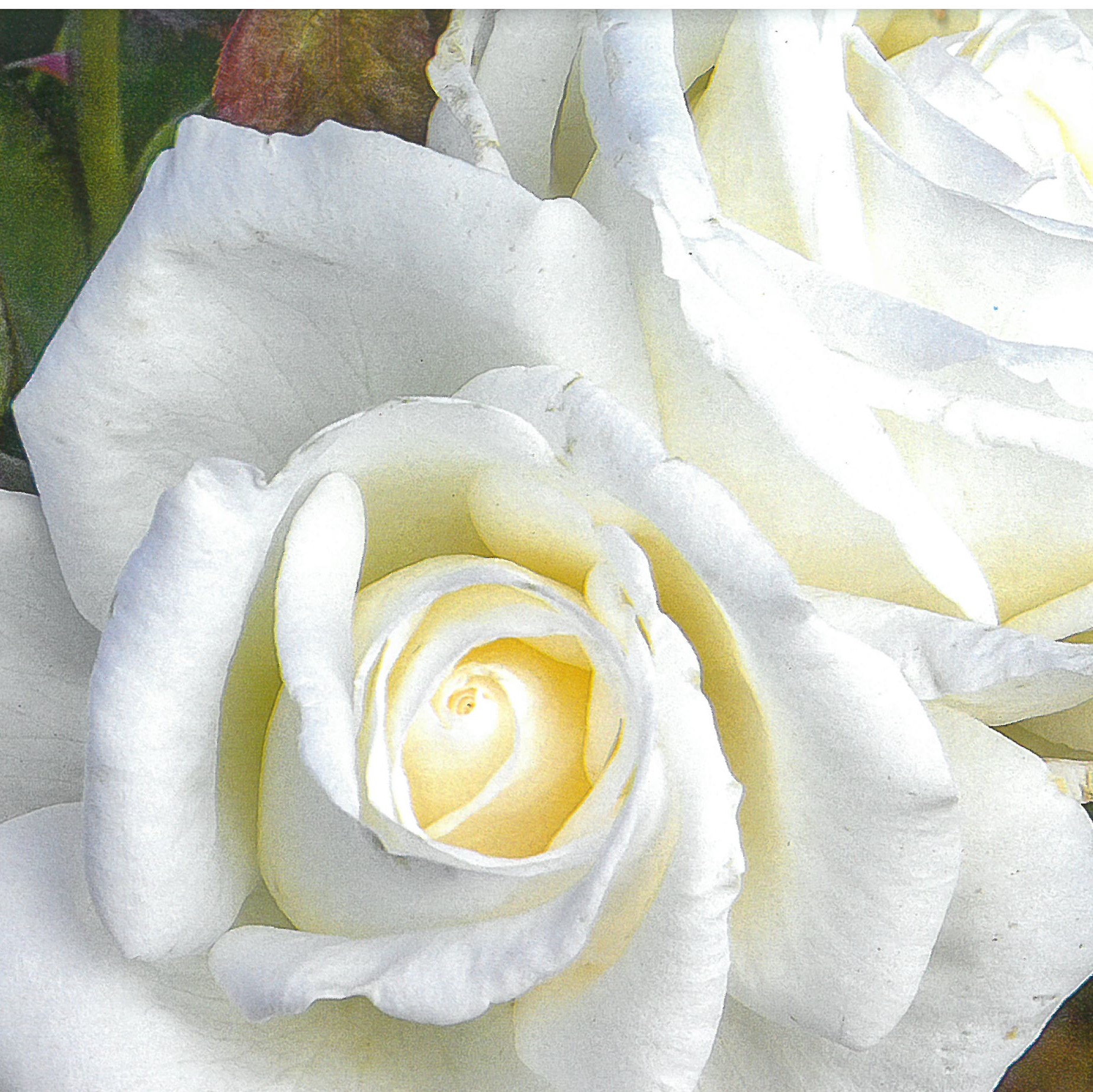
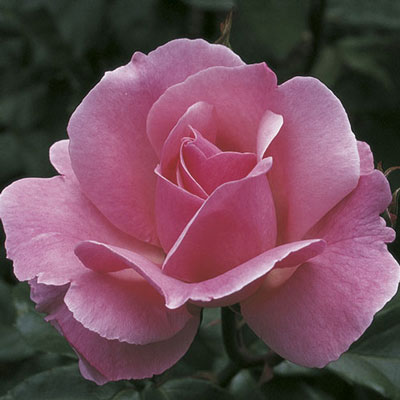
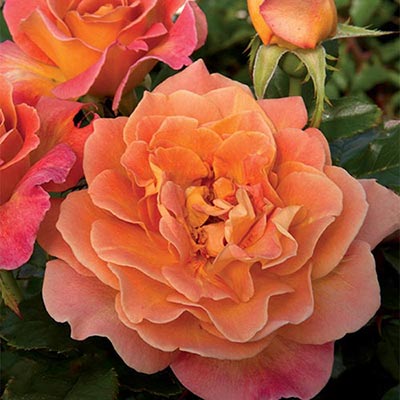
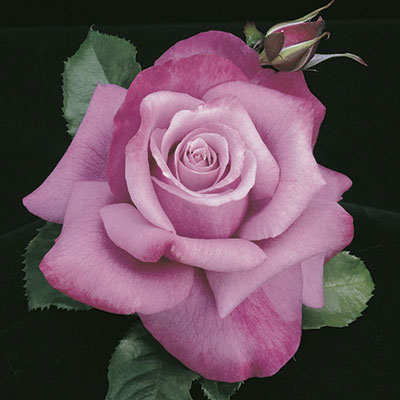
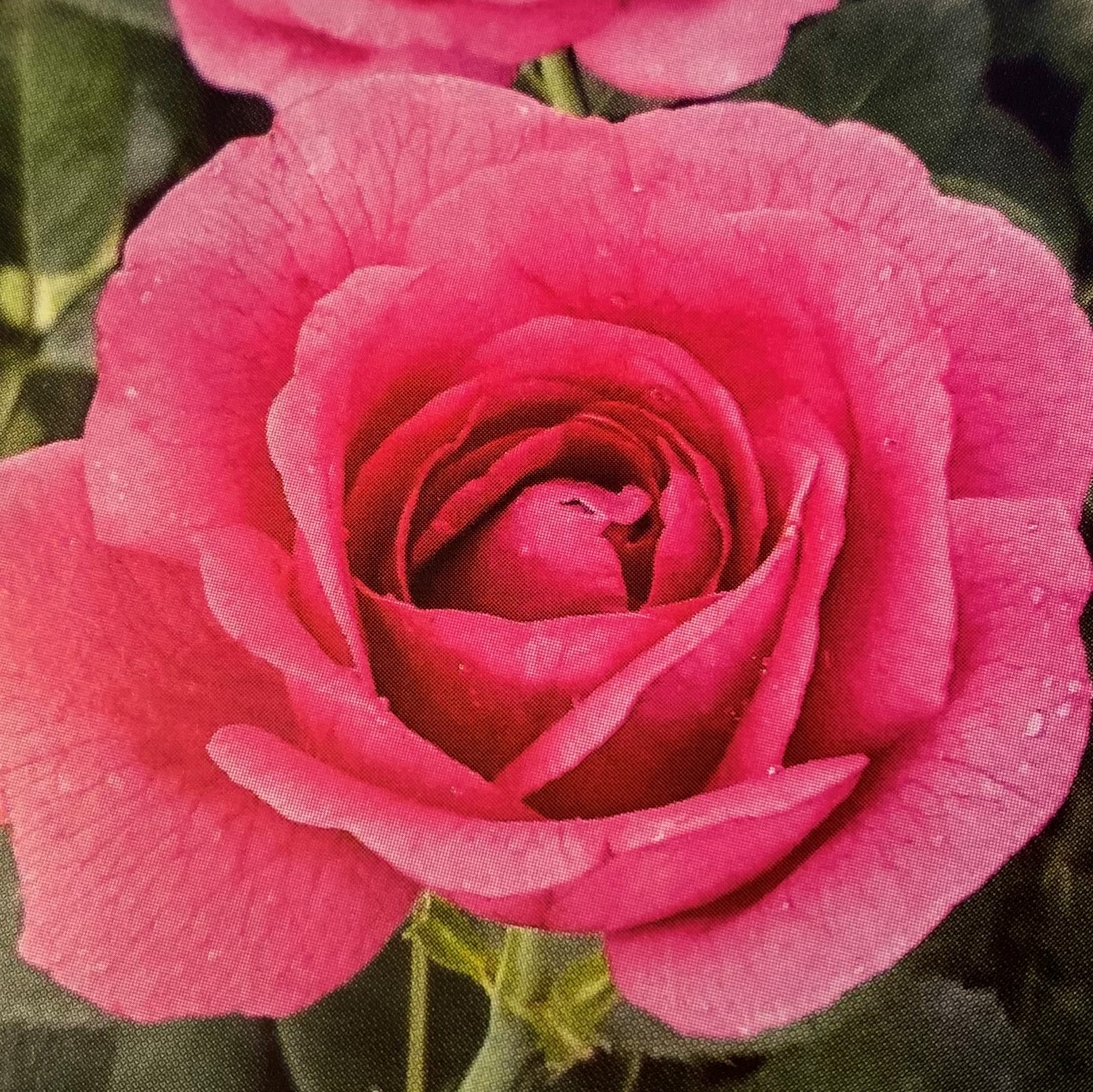
![pruning[1]](https://www.aldenlane.com/m/wp-content/uploads/2015/12/pruning1-300x292.gif)
![obj6306geo2742pg239p7[1]](https://www.aldenlane.com/m/wp-content/uploads/2016/01/obj6306geo2742pg239p71.jpg) The suggested time for pruning roses is January in Northern California. Even though your roses may still be leafy, budded or blooming it is time to force them to rest. Pruning them back now, removing every single leaf and dormant spraying with copper will provide a healthy beginning for the coming season.
The suggested time for pruning roses is January in Northern California. Even though your roses may still be leafy, budded or blooming it is time to force them to rest. Pruning them back now, removing every single leaf and dormant spraying with copper will provide a healthy beginning for the coming season.![obj6307geo2743pg239p7[1]](https://www.aldenlane.com/m/wp-content/uploads/2016/01/obj6307geo2743pg239p71.jpg)
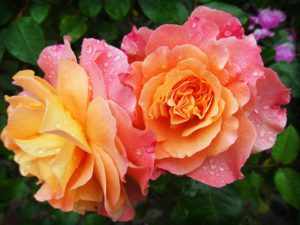
 Brighten the garden with colorful bedding plants. Refresh your garden beds and containers with primroses, pansies, Iceland poppies and more. Check with the staff for helpful advice and ideas.
Brighten the garden with colorful bedding plants. Refresh your garden beds and containers with primroses, pansies, Iceland poppies and more. Check with the staff for helpful advice and ideas.![davesrosemarch[1]](https://www.aldenlane.com/m/wp-content/uploads/2016/02/davesrosemarch1-300x233.jpg) Apply in AUGUST and MARCH.
Apply in AUGUST and MARCH.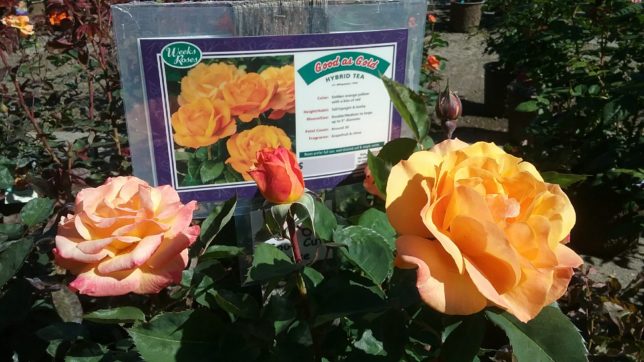
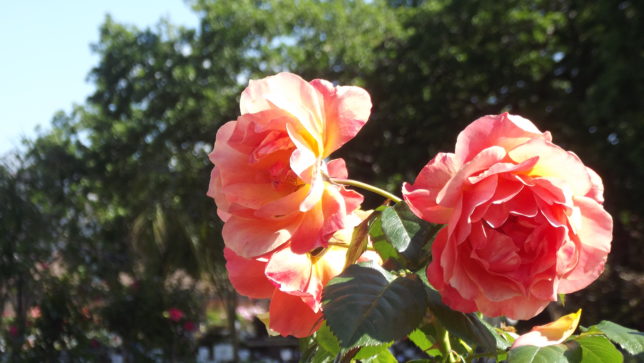 What better way to honor Mom than with flowers? And with a living rose plant that will bloom all season and year after year! We have nearly 200 different rose bush varieties to choose from many with unique names to fit your special lady’s personality.
What better way to honor Mom than with flowers? And with a living rose plant that will bloom all season and year after year! We have nearly 200 different rose bush varieties to choose from many with unique names to fit your special lady’s personality.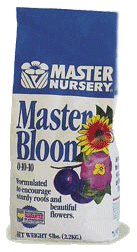 Change fertilizers for many of your shrubs this month. Azaleas, Rhododendrons, and Camellias need monthly applications of Master Bloom (0-10-10) to ensure good bud set for the spring. Citrus plants need regular feedings with Master Nursery’s Citrus Food to help protect them from frost damage.
Change fertilizers for many of your shrubs this month. Azaleas, Rhododendrons, and Camellias need monthly applications of Master Bloom (0-10-10) to ensure good bud set for the spring. Citrus plants need regular feedings with Master Nursery’s Citrus Food to help protect them from frost damage.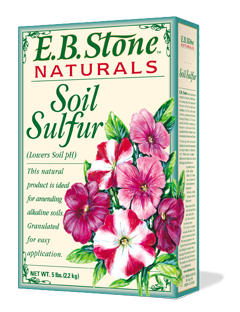 We recommend 2-3 applications per year of some form of sulfur. Apply one before rains stop in early spring, one as rains begin in fall, and one application mid-summer. Now is a perfect time because gentle rains (we hope) will wash nutrients into the soil.
We recommend 2-3 applications per year of some form of sulfur. Apply one before rains stop in early spring, one as rains begin in fall, and one application mid-summer. Now is a perfect time because gentle rains (we hope) will wash nutrients into the soil.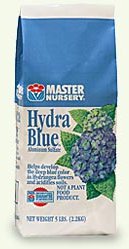 Now is also an excellent time to apply gypsum to the lawn or hydra-blue to Hydrangeas.
Now is also an excellent time to apply gypsum to the lawn or hydra-blue to Hydrangeas.